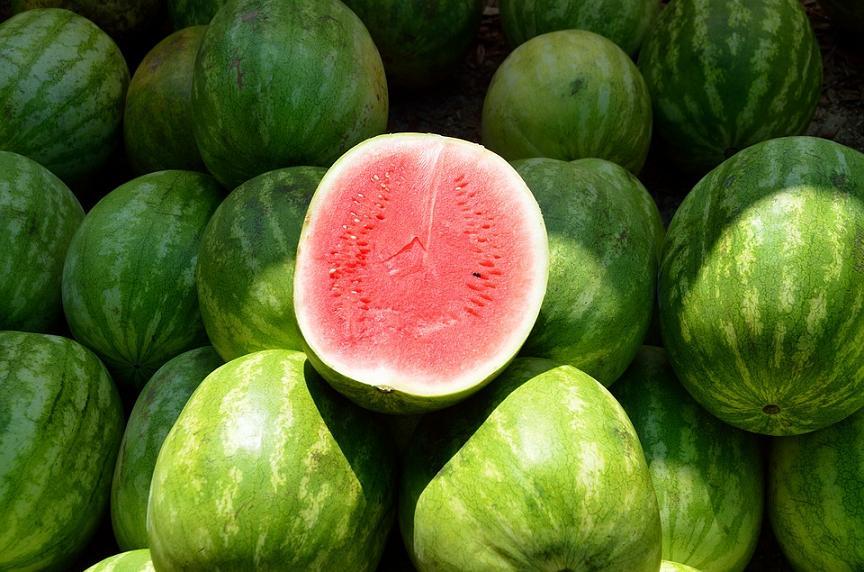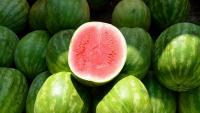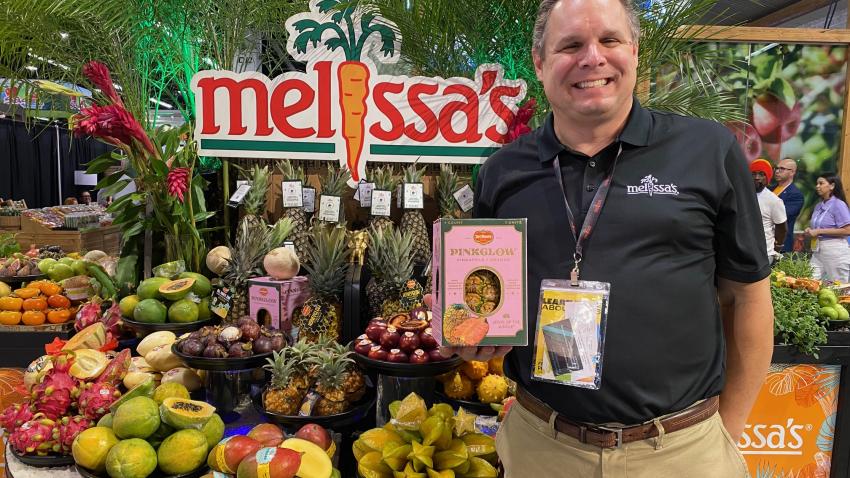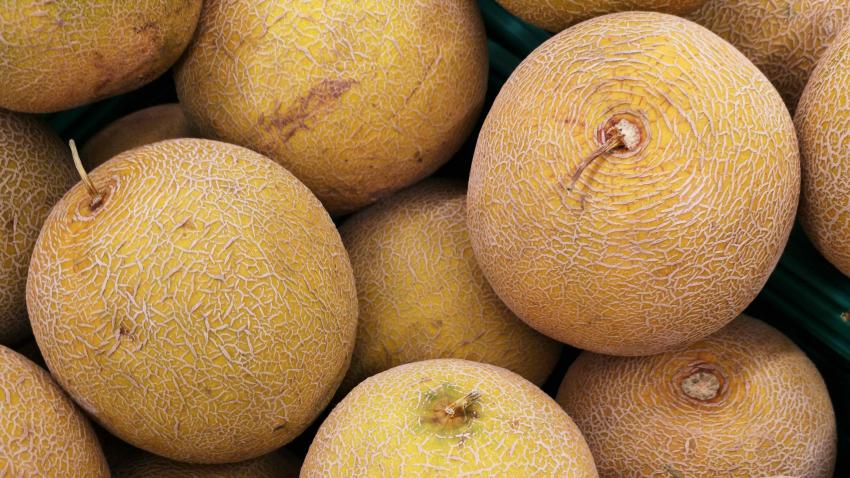You are here
Back to topMyanmar Watermelon Nabs China's Off-Season Market Share

China’s domestic watermelon season ends in October—except for in Hainan where a small quantity of watermelon is being grown. Watermelons from Myanmar, however, are just coming into season. Myanmar’s watermelon is an off-season fruit that usually lists from November to May of next year. At present, Myanmar's watermelon has taken over 80% of China's off-season watermelon market. In the first 10 months of this year, exports of Myanmar’s watermelon to China reached 440 thousand tons, up 26 percent year-on-year.
Wu Naiwen, President of a Myanmar watermelon production and sales organization, said, “This year, Myanmar’s watermelons will be on the market in October and will be exported in large quantities to China between November and December”. In recent years, export volume of watermelon in Myanmar has been growing annually, reaching 600 thousand tons in 2016—most of which was exported to China. Still, watermelon exports are expected to continue growing this year.
During winter, because of high temperatures and long hours of daylight, Myanmar is suitable for growing watermelons. Compared to China, growing watermelons in Myanmar not only has low labor costs and low costs associated with land contracting, but also does not require greenhouse facilities—which further reduces the cost of planting. As a result, a large number of Chinese farmers have moved watermelon planting operations to Myanmar during the off-season for later export to China.
A local Chinese watermelon farmer said, "Now, Myanmar employee’s salary is only 20 Yuan (USD 3.01)a day while in China the domestic worker earns about from 200 Yuan to 300 Yuan (USD 30.1 to 45.2) a day. At the same time, annual rent per mu of land in China is 1000 Yuan to 1500 Yuan (USD 150.7 to 226.1) — in Myanmar, one mu (0.16 acre) is only 300 Yuan (USD 45.2)." Overall, the cost of growing watermelon in Myanmar is about 3500 Yuan (USD 527.6) per mu with a yield per mu of 2500 to 3000kg. The cost of planting per kilogram is between 1.2 Yuan and 1.4 Yuan (USD 0.18 to 0.21). Combined with the cost of transportation from its origin to the China-Myanmar border, the total cost reaches about 2 Yuan (USD 3.01) per kilogram.
In China, the majority of off-season watermelons are grown in greenhouses that involve high employment costs. In the Chinese market, watermelons from Hainan are sold at 10 Yuan (USD 1.5) per kg. Myanmar melons, on the contrary, are sold at 6 to 7 Yuan (USD 0.9 to 1.05) per Kg. Nonetheless, watermelons from Myanmar and Hainan are identical in terms of quality. Yet the taste of Myanmar watermelons is superior.
Presently, the Ruili port in Yunnan province has become the largest land port for Myanmar watermelon entering China. In Ruili, there are two specialized "imported fruit state inspection and control zones" that covering more than 400 mu (65.9 acre) with an annual capacity of 2 million tons. There, a fruit-industry park has formed that contains multiple industrial elements such as logistics, packaging, and trading. The annual output here exceeds 1.5 billion Yuan (USD 226.1 million). In the specialized areas, inspection time for each batch of fruits has shortened from 1-2 days to 2-3 hours.
During the winter season, watermelon merchants from all over China gather in Ruili to form the largest watermelon market in China. The cost of watermelon loading from Yunnan to Shandong is about 0.5 Yuan (USD 0.08) per kilogram. Myanmar watermelons are transported by car and take only 20 hours to reach north of China's Yangtze River from the Ruili port. The winter season, when temperatures are lower, is very conducive for the storage and transportation of watermelons.
Although watermelon exports to China are increasing annually, watermelon trade still faces some uncertainties. First of all, as the volume of exports grows, Chinese importers have also raised the quality standards for imported watermelons. As a result, a large number of non-compliant watermelons are being abandoned upon arrival. At the Ruili port, many watermelons with inferior size are treated as waste. According to the statistics, a single lorry hauling 17 tons of watermelons contained 3-5 tons of said “waste”. This increases risk for growers. Second, the unstable situation in northern Myanmar has also thrown China-Myanmar watermelon trade into doubt. In the second half of last year, the China-Myanmar border trade was suspended due to military conflict in northern Myanmar. Following this conflict, in the Chinese market, a variety of fruit from Myanmar remained out of stock. Consequently, Myanmar‘s watermelon wholesale price soared by 60%.















Add new comment